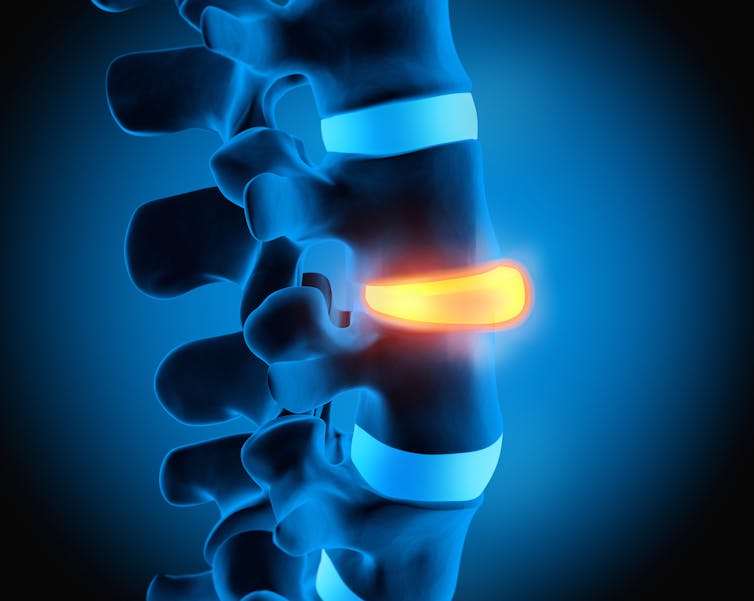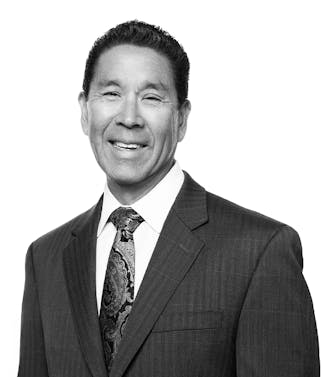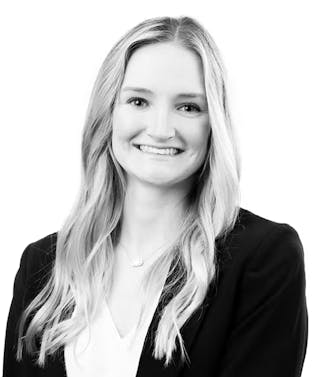Biomechanics
Watch Video
Provide insight and
understanding.
Biomechanics utilizes Newtonian Principles to examine the forces acting on the human body, and to evaluate either an injury or the potential of an injury occurring in a given event. The integration of biological structure properties, mechanical analysis, and human movement provides insight as to how an injury occurs based on known human tolerances and injury assessment reference values. In other words, the mechanical properties of human tissue and the musculoskeletal system are incorporated to quantify failure levels and mechanisms of injury.
Forensic Biomechanics characterizes the response of the human body to external forces, specifically the kinetics, kinematics, and injury mechanisms involved. For motor vehicle crashes, external forces, occupant dynamics, and restraint system usage are considered when determining injury thresholds and mechanisms. However, biomechanical analysis of all types of accidents can be evaluated and accurately simulated utilizing advanced occupant simulators such as MADYMO. Occupant simulators allow for exact environment modeling with all human body and anthropometric test device (ATD) models to ensure biofidelic accuracy. The output of the occupant simulator provides all necessary kinetic data to properly assess human tolerances and mechanisms for structural compromise. The MADYMO occupant simulator has been tested and validated in addition to being utilized by motor vehicle manufacturers for decades when evaluating vehicle and restraint system designs.

Our Capabilities
All types of human motion and impact dynamics (e.g., falls, zip lines)
Biomechanical experts can analyze the magnitude and direction at which force is applied to human subjects to determine injury potential for all types of human motion and impact dynamics, not just motor vehicle accidents. For example, cases may include, but are not limited to, pedestrian accidents such as slips, trips, and falls of both the subject themselves and objects onto the subject.
BioRID-II
Rear impact dummies (RID) mimic the motion of the human spine in rear-end impacts. With hinges at each level of the vertebrae, the articulated spine of the BioRID-II directly measures the internal forces and moments on the human spine, pelvis, and femur that could not otherwise be tested on a live human at higher speeds for rear-end impacts.
Diffuse Axonal Injury (DAI) and Traumatic Brain Injury (TBI) analysis
To assess occupant injury potential for a traumatic brain injury (TBI), biomechanical experts analyze both the linear and rotational acceleration and angular velocity at the head, as well as the sheer forces acting at the base of the skull and top of the cervical vertebral column, in crash testing.
Hybrid III
The Hybrid III dummy meets the National Highway Transport and Safety Administration (NHTSA) federal motor vehicle safety standards for its New Car Assessment Program (NCAP). It provides valid data to assess occupant injuries in humans when testing motor vehicle crashes and other practical applications.
Human ambulation analysis
Human ambulation analysis can be performed from video, motion capture, and measurement of the ground reaction force via a Kistler force plate. It can help determine whether a unique gait exists such that it can contribute to an accident and if a pedestrian favors one side during ambulation, thus increasing the amount of wear and tear on the adjacent extremity.
Motor vehicle rollover ejection analysis
Using Madymo and LS-DYNA®, the best occupant simulators available on the market, motor vehicle rollover analysis accurately determines occupant injury potential. It is the safest way to test the kinetics and kinematics acting on an occupant in a rollover motor vehicle accident.
Occupant kinematics, applied forces, and injury mechanisms in high-speed motor vehicle accidents
For motor vehicle accidents that occurred at higher speeds (e.g. above 10 mph), occupant kinematics, applied forces, and injury mechanisms can be used to assess the forces applied to the occupants in higher energy impacts such as airbag deployments and rollovers. The force of impact on the occupants is established at multiple levels through vehicular reconstruction to assess bodily injury.
Occupant kinematics, applied forces, and injury mechanisms in low-speed; rear-end, lateral, sideswipe, and frontal motor vehicle accidents
Biomechanics and occupant injury potential can be assessed in motor vehicle accidents at low speeds (e.g. 5-10 mph). By examining occupant kinematics, applied forces, and injury mechanisms in low-speed, rear-end, lateral, sideswipe, and frontal motor vehicle accidents, biomechanical experts can determine whether the magnitude and direction at which forces were applied to the occupants make sense for the injuries claimed.
Slip, trip, and fall analysis
Slip, trip, and fall analysis is conducted for such premise liability cases. For slips, biomechanical experts measure the slip resistance of a surface walkway. For trips, they measure the vertical change in elevation to determine whether it is pursuant to code or against surface standards.
Spinal Trauma analysis
Spinal trauma analysis evaluates the linear forces and bending moments applied to the spine to determine whether they exceed known tolerances. If the applied forces and moments exceed the strength of the intervertebral discs, then its nucleus can herniate and cause severe pain and a lack of muscular motion.
Thoracic Trauma Injury analysis
Thoracic trauma injury analysis assesses occupant injury potential of the thorax, which is typically less prone to injury due to the rigid support of the ribcage.
Upper and Lower extremity injury analysis
Upper and lower extremity injury analysis looks at the magnitude and direction of force applied to the shoulders, elbows, wrists, knees, ankles, and feet in an accident. Occupant injury potential can be determined by testing whether the force applied to these extremities exceeds their known tolerances and compromises their structure.
Your Experts
The power of our collective is unmatched, and we are a force beyond compare.

























Relevant Insights
This study presents a parametric investigation into the biomechanical effects of various neck and back support/cushion/pillow devices during low-speed impact exposures. A series of 54 simulated low-speed rear impact tests were conducted using a validated remote-controlled crash sled system and utilizing an instrumented BioRID II rear impact anthropomorphic test device (ATD).
This paper presents an analysis on the position of driver eye height as a function of their standing height, weight, biological sex, seat back angle and seat bottom angle. Typically, eye heights are estimated based on standing height, or measured from a rigid seated position with a vertical seat back.
A novel, electrically self-propelled, mobile, free-standing crash sled was constructed with a relatively minimal budget (i.e., ≤ $10,000). The crash sled was designed to simulate occupant driver or passenger seat movement in minor impacts at varying angles with minimal, if any, component replacement necessary between tests. Validation of the crash sled in a rear-end only configuration for determination of occupant accelerations was performed.
